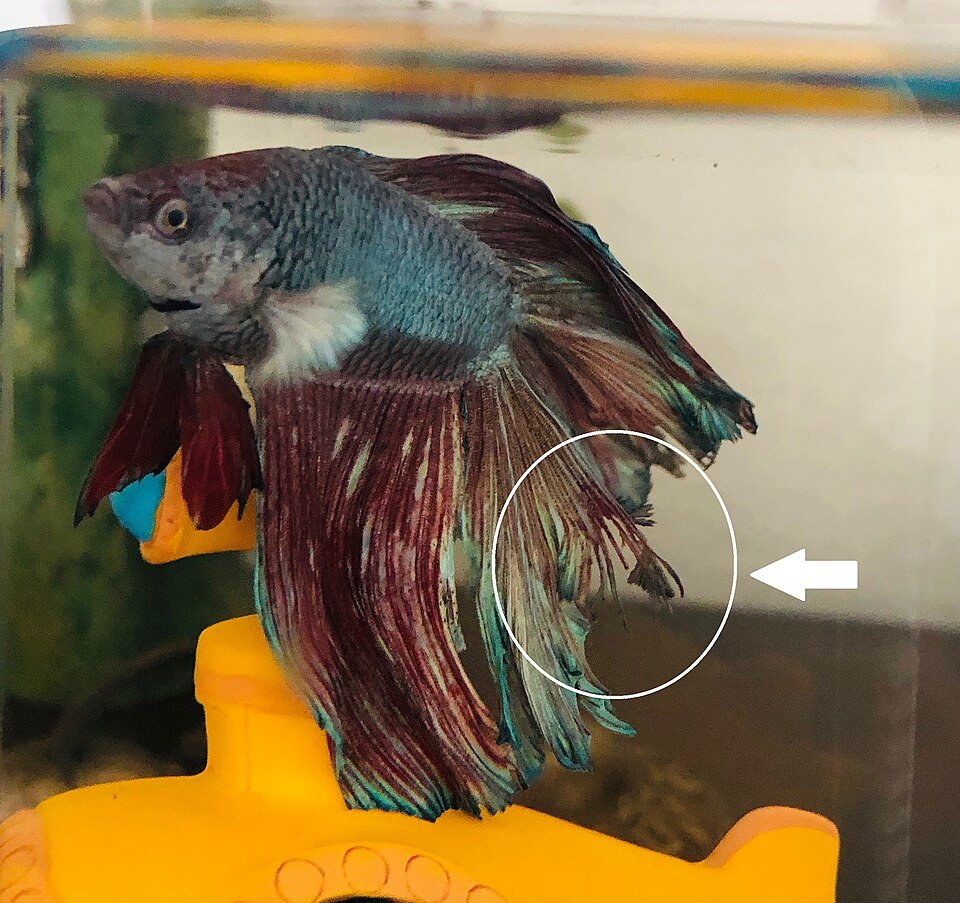The publishing of several articles that reveal the vulnerability of farmed fish to the anisakis parasite has prompted the research group in Marine Zoology of the University of Valencia to experimentally assess the infective susceptibility of fish when exposed to this parasite. The results from the ANITEST project, which just ended, show that, in the improbable case that the parasite reaches farms, fish are not very susceptible to being infected.
Until now, aquaculture was considered a space free of anisakis, as fish are fed feed that does not have the parasite. Recent articles have mentioned sporadic cases of presence of the parasite in farmed fish. In fact, anisakis (Anisakis spp.) is capable of infecting practically any fish. However, the ANITEST project – a method for assessing infectivity for aquaculture free of anisakis – has revealed that this parasite has a very limited rate of infection, being almost always broken down by antiparasitic processes that take place when ingesting and digesting the feed.
ANITEST was led by the Marine Zoology group of the Cavanilles Institute for Biodiversity and Evolutive Biology (ICBiBE) of the University of Valencia, a study which included the collaboration of the Biodiversity Foundation of the Ministry for Ecological Transition and Demographic Challenge through the Pleamar program, co-financed by the FEMP.
The project focused on assessing the real susceptibility of farmed species when being exposed to the parasite, as well as on developing procedures to learn the infective potential of anisakis.
The study highlights that the infective capabilities of anisakis are relatively low, as only 10% of the parasites manage to infect the fish. “The fact that parasites have mobility and an apparently normal appearance has not implied that they were viable, in the same way as immobile and damaged parasites managed to infect the fish”, says Alejandro López, researcher of the ICBiBE and one of the people responsible for ANITEST. “This low capacity of infection is decreased further by the fact that, between the limited percentage of parasites that took hold in the fish, there were many encapsulated and live worms that presented noticeable external and internal damage, which would hinder their infective capacity”.
The team observed that the time that these parasites need to penetrate the digestive system of the fish and take hold in the visceral cavity is very short – six hours after being ingested. He also observed that anisakis only takes hold in the surface of the viscera and the connective tissue, and never in the muscle of the fish, which is important, as the latter is the part of interest for the consumer”.
The study reveals the need to develop standardized experimental models of infection, which would make it possible to learn whether anisakis is capable of infecting in different scenarios of ecological, epidemiological and health-related interest.
Source: R&I World
Stay Always Informed
Join our communities to instantly receive the most important news, reports, and analysis from the aquaculture industry.
Editor at the digital magazine AquaHoy. He holds a degree in Aquaculture Biology from the National University of Santa (UNS) and a Master’s degree in Science and Innovation Management from the Polytechnic University of Valencia, with postgraduate diplomas in Business Innovation and Innovation Management. He possesses extensive experience in the aquaculture and fisheries sector, having led the Fisheries Innovation Unit of the National Program for Innovation in Fisheries and Aquaculture (PNIPA). He has served as a senior consultant in technology watch, an innovation project formulator and advisor, and a lecturer at UNS. He is a member of the Peruvian College of Biologists and was recognized by the World Aquaculture Society (WAS) in 2016 for his contribution to aquaculture.




